Dexter Resurrection Explained: How Dexter Resurrection Reinvents Its Setting
Introduction
When Dexter: Resurrection opens, something feels off , deliberately so. The sun-soaked palette of Miami, once drenched in neon coral and sea-blue serenity, is gone. The air feels colder now, harder to breathe. The city hum that once followed Dexter Morgan’s quiet walks along the bay is replaced by something sharper , the mechanical rhythm of New York City.
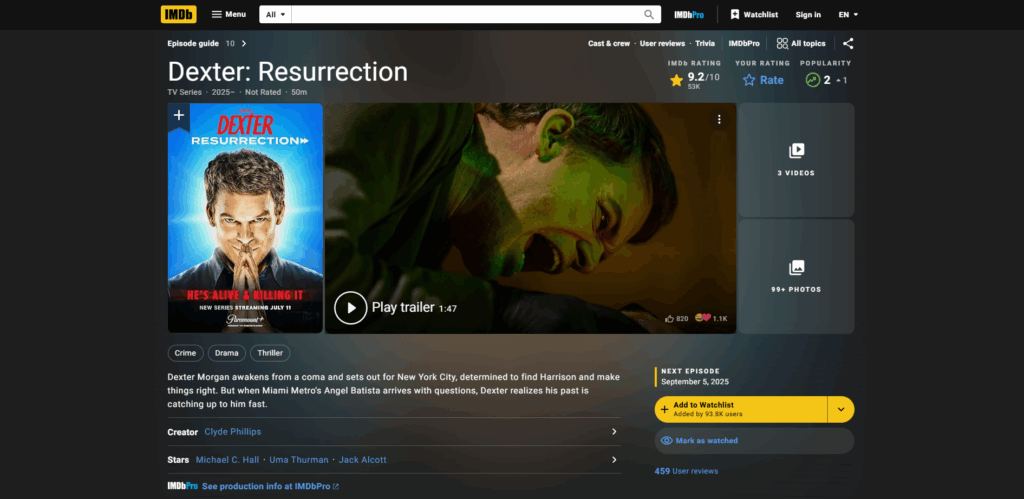
The Miami Mirage
The original Dexter series painted Miami as a paradox , paradise above, rot beneath.
Palm trees, glittering water, endless summer , and somewhere, in the humidity, a man slicing plastic wrap in an air-conditioned room.
Miami wasn’t just a backdrop; it was a mirror.
Its brightness mocked Dexter’s darkness. Its warmth disguised his cold detachment.
Every sunrise looked beautiful, yet faintly taunting , a reminder that his life was artificial.
Harry’s Code made sense there.
A sunny city that pretended to be pure needed a killer who pretended to be normal.
From Sunshine to Steel
Now, Resurrection trades that illusion for something raw: New York City.
No more pastel filters, no more waves rolling under bridges. Instead , skyscrapers that choke the light, alleys that echo with ambition, and streets that swallow you whole.
The shift is more than aesthetic. It’s psychological.
Miami reflected repression; New York reflects confrontation.
Here, Dexter can no longer hide behind the anonymity of paradise , because in Manhattan, everyone’s anonymous.
The crowd doesn’t see you. The city doesn’t care.
And for a man like Dexter , who once relied on being unseen , this anonymity becomes terrifying.
He’s no longer invisible because he’s careful; he’s invisible because everyone is.
The City as Predator
In Miami, Dexter was the predator.
In New York, the city hunts back.
It observes him through a thousand surveillance cameras, digital footprints, and strangers with too-curious eyes. Every street corner is a potential witness. Every skyscraper a looming moral symbol , towering over him like judgment itself.
This urban labyrinth transforms Dexter’s craft.
He must adapt , cleaner kills, faster escapes, quieter disguises.
He becomes less like a ritualistic killer and more like a ghost slipping through circuitry.
New York strips the ritual from his murders; it replaces poetry with efficiency.
If Miami was art, Manhattan is survival.
The Architecture of Guilt
Cities tell stories through architecture, and Resurrection uses this masterfully.
Miami’s open horizon represented denial , always something to look beyond.
New York’s vertical confinement traps Dexter in his own psyche.
Notice how the camera now lingers on narrow hallways, staircases, and reflections on high-rise glass. It’s the architecture of guilt , endless repetition, no escape.
The skyline becomes a moral cage; the lights of Times Square, a cruel parody of his old slide box.
In the chaos of the metropolis, Dexter doesn’t stand out. He dissolves.
And that, perhaps, is the most terrifying thing for him , not to be seen as a killer, but to be nobody at all.
City as Character
Few crime dramas dare to make their setting a living, breathing entity.
But when they do , it transforms the story.
- Se7en used its nameless rain-soaked city as a metaphor for decay.
- Joker turned Gotham into a social autopsy , a city eating itself alive.
- You weaponized New York’s digital chaos, making every text message part of the hunt.
- Taxi Driver used the same streets to map one man’s descent into moral corrosion.
Now, Dexter: Resurrection joins that lineage , the city not as scenery, but as conscience.
Miami was Dexter’s mask.
New York is his reflection.
The Philosophy of Place
If the original series asked, “Can a killer live a normal life?”,
Resurrection asks, “Can a killer live with himself in a city that never sleeps?”
Every sound m sirens, footsteps, subway hum m becomes part of his new moral symphony. The noise doesn’t cover the guilt; it amplifies it.
New York doesn’t cleanse Dexter.
It confronts him and forces him to evolve or die trying.
It’s the first city that doesn’t need saving from him.
Because in Resurrection, the monster isn’t hiding in the shadows anymore… he’s standing in the middle of a million of them.
Conclusion:
The change from Miami to Manhattan isn’t a relocation.
It’s a rebirth.
The warm deceit of the tropics has been replaced by the cold truth of concrete.
And for Dexter Morgan , the man who once controlled every kill, every slide, every smile ,
the city now writes the script.
He’s no longer the narrator of his darkness.
He’s just another ghost… drifting through the crowd.
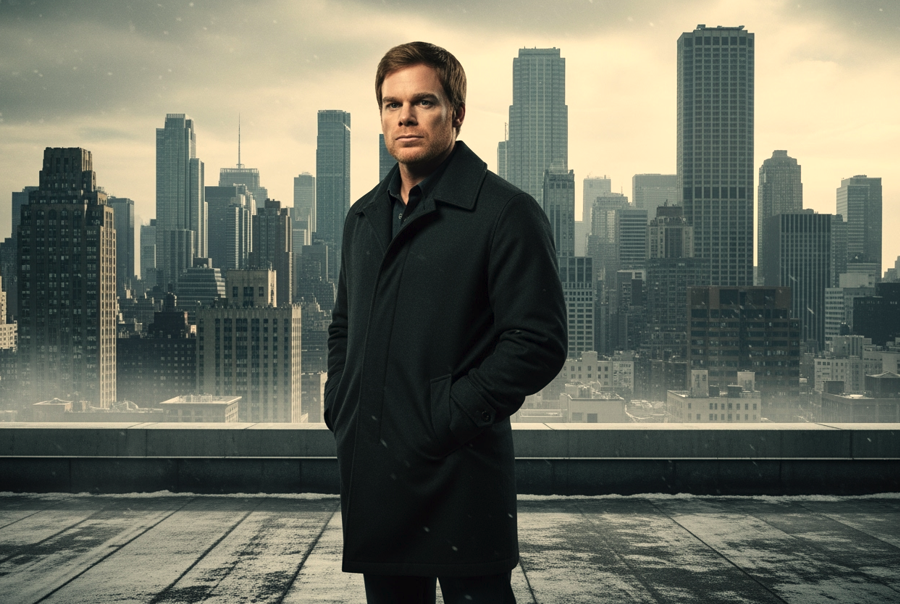


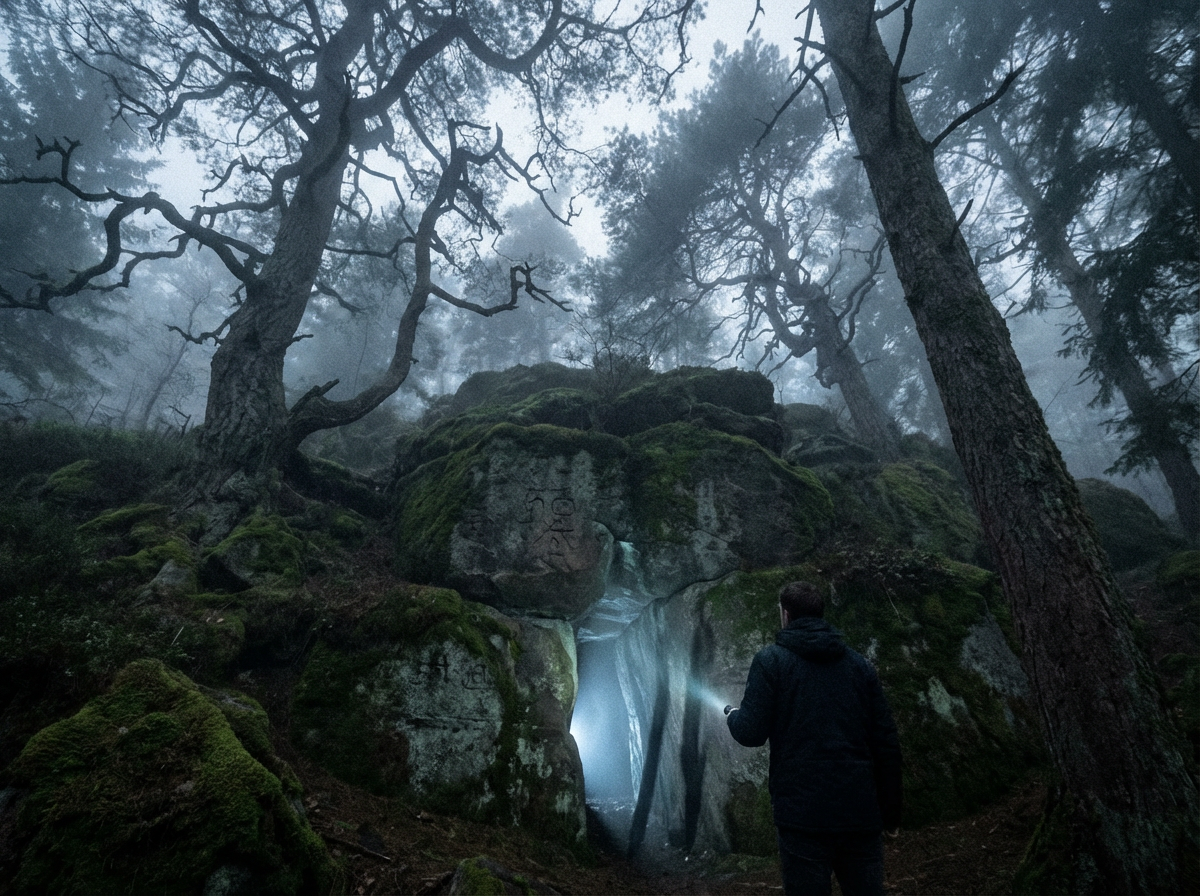
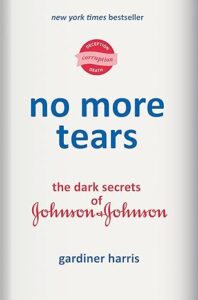


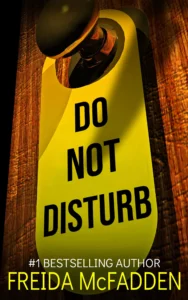




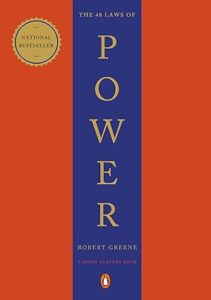
Post Comment